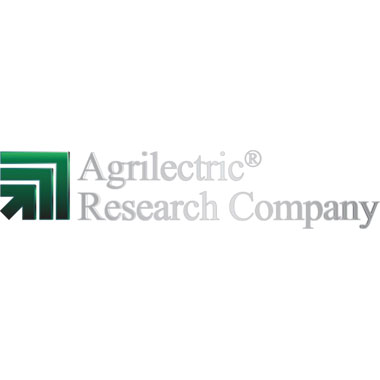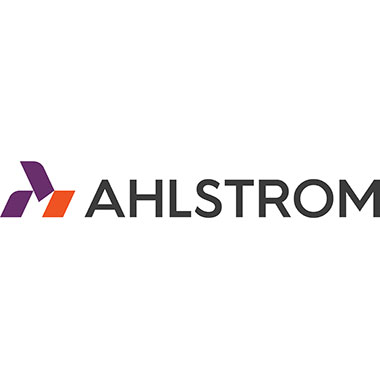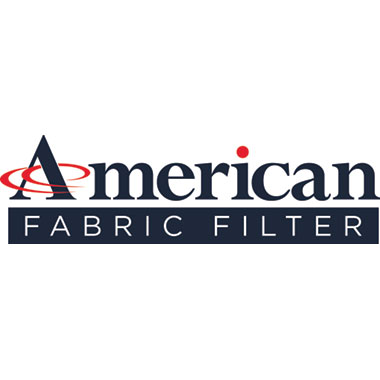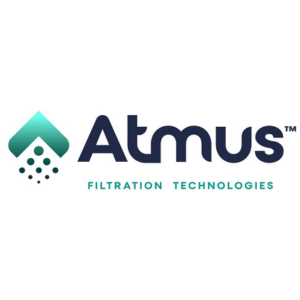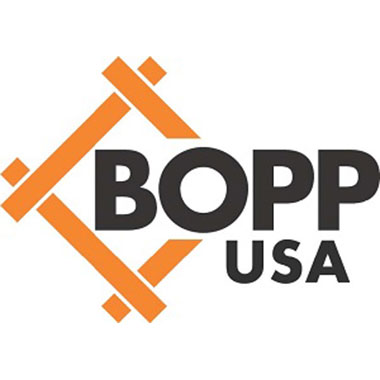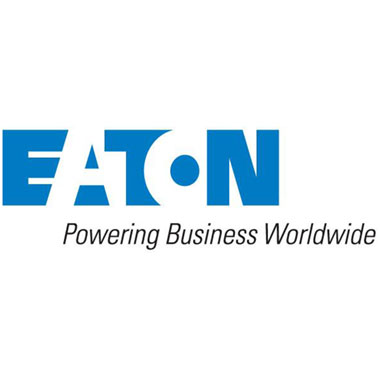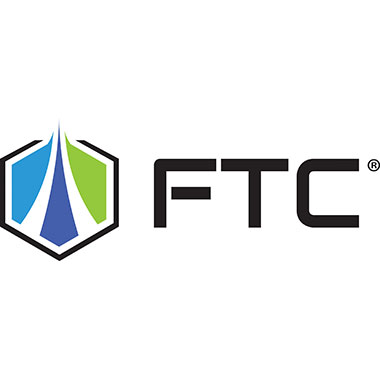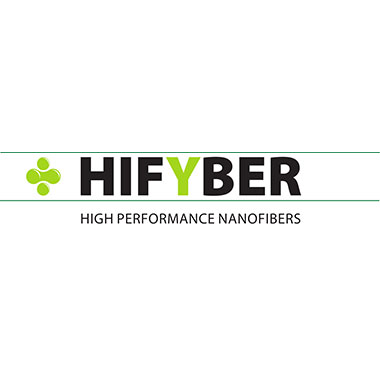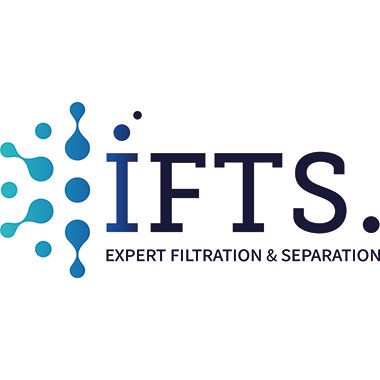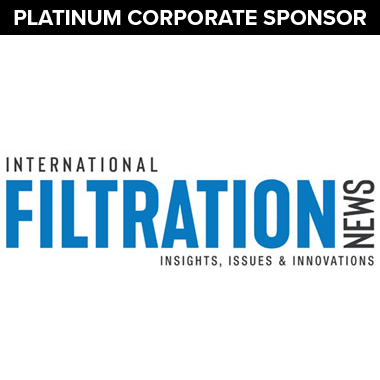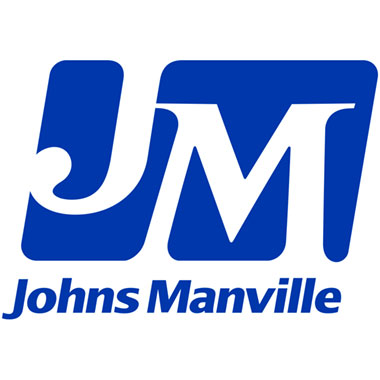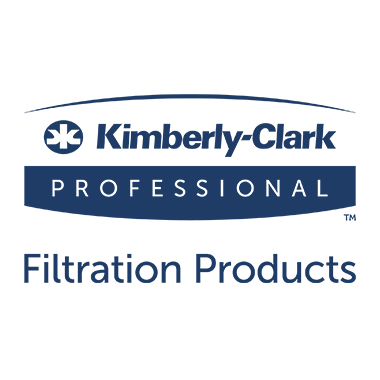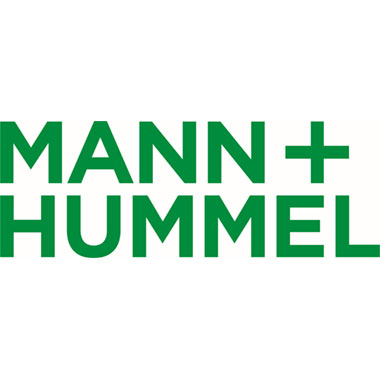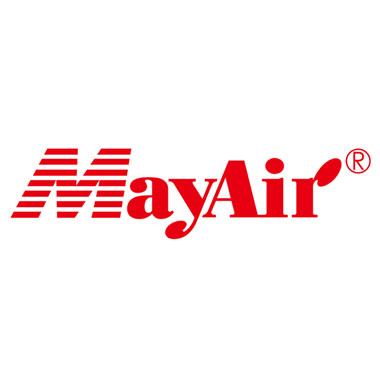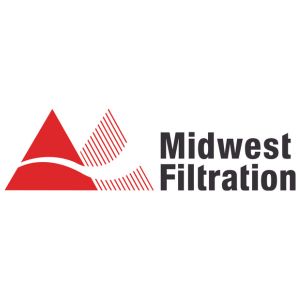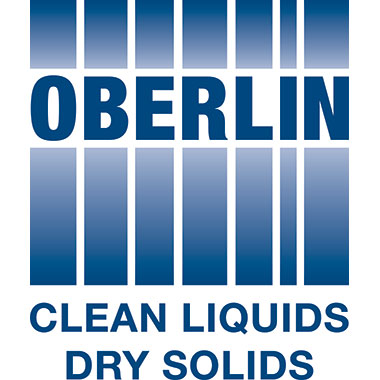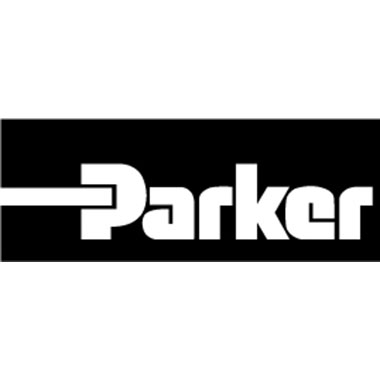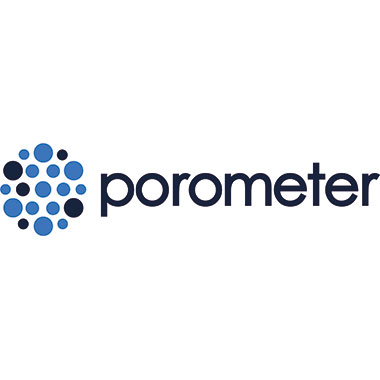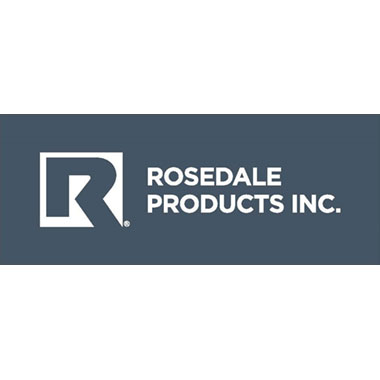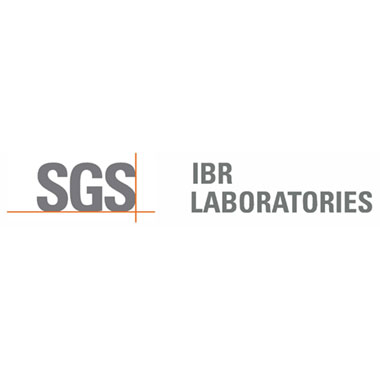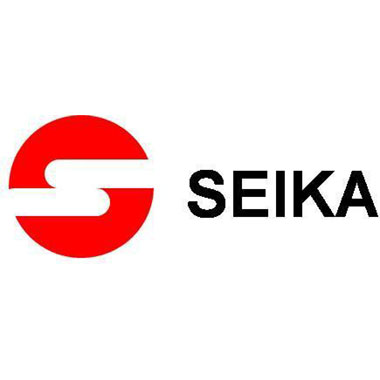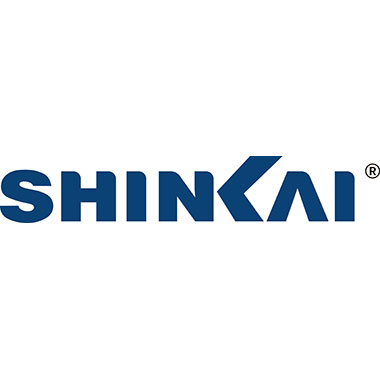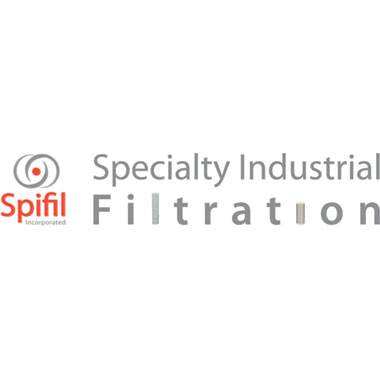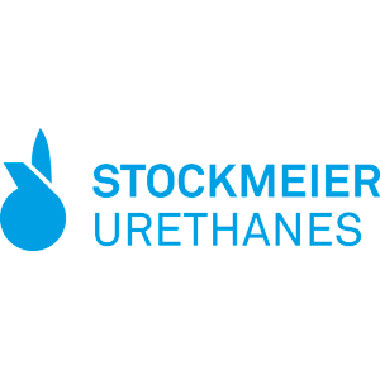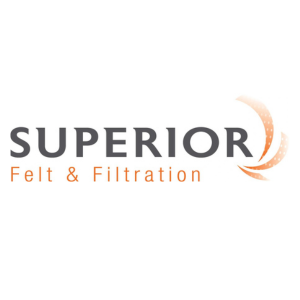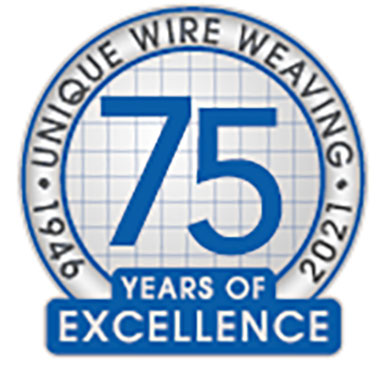Face masks and their availability continues to dominate the news as we cope with the expanding spread of coronavirus in most countries around the world. As filtration leaders, we want to provide a short tutorial on the various kinds of face masks that people are using with the intent to protect themselves and/or others.
A basic rule of air filters is that the more effective they are at removing air contaminants, the more resistant to air flow they are. The air filtration industry has long battled the opposing goals of efficacy and air flow, because as a filter becomes more effective, the greater the energy required to move air through it. In a face mask situation, the more effective (resistant) a filter is, the harder it is to breathe – so you can understand the quandary that we have in developing masks that let in breathing air but not viruses.
The primary danger of wearing a mask that doesn’t do what the wearer thinks it is doing is that it provides a false sense of security, and the wearer might take risks he or she wouldn’t otherwise take, putting themselves or others at risk.
Here’s a breakdown of the face masks that people are using to avoid the spread of coronavirus.
Surgical masks, also known as medical masks or procedure masks
 Photo courtesy of Berry Global Inc.
Photo courtesy of Berry Global Inc.
This is a loose-fitting mask that we are seeing more commonly on people out in public as they seek greater protection from coronavirus. These filters are typically made with a nonwoven polypropylene or other synthetic material that has been ionically charged to increase effectiveness without reducing air flow. A charged medium can attract particles out of the air and onto the surface of the filter, preventing it from moving through the filter and into the nose or mouth. The filter media itself is highly effective at capturing particles even as small as viruses.
However, there are two problems with this kind of face mask in a viral outbreak. First, the mask is not form-fitting, meaning that there are gaps all around the mask that let in air. The result is that this kind of mask does not do a good job of filtering all the air you breathe in. The coronavirus is about 125 nanometers (125 billionths of a meter) in diameter, so any air getting past the mask can easily carry the virus. For the public, wearing this kind of mask at the grocery store is not going to protect you from coronavirus. The second problem is that after a period of use, the charge in the filter media degrades due to exposure to airborne oil and moisture, and once the charge is gone, this mask is no longer an effective filter for viruses.
However, one way in which this mask does work is that if you are sick, a basic surgical or procedure mask will prevent droplets from your sneezing, coughing or talking from spreading to surfaces or into other people’s faces. It will protect others from you, so if you are sick and self-quarantining at home with family members who aren’t yet sick, it would be a good idea to wear this kind of mask to reduce their chances of contracting COVID-19 from you.
The psychological satisfaction of doing something like wearing a simple mask may be worthwhile for some people to use this, as long as they understand that its self-protection efficacy is quite low. Still, especially in this time of shortage of masks, it is best for all of us to save all the available supply for the medical professionals fighting for all of us.
N95 Particulate Respirator Masks
 Photo courtesy of 3M
Photo courtesy of 3M
These disposable masks are the ones in short supply at hospitals. An N95 air-purifying respirator creates an airtight seal around the nose and mouth, assuming the wearer has chosen the right size and has donned it properly. This kind of face mask does filter inhaled air. It can be expected to filter out 95 percent of air particles (but not gas or vapors) – thus the “95” in its name.
Respirator masks certified by NIOSH fall into N, R and P categories. Due to the fact that airborne oils will quickly degrade the ionic charge present in these face masks, the masks are labeled as N – Not resistant to oil, R – somewhat resistant to oil or P – strongly resistant (oil proof). Therefore, the effectiveness of an N95 face mask will quickly degrade in the presence of aerosol oil particulates. These masks are designed to be disposable, yet healthcare workers are presently having to reuse them well beyond their suggested term due to the pandemic.
This kind of mask can also come with an exhalation valve, which makes it more comfortable for the wearer, but not suitable in healthcare environments where clean or sterile fields are required. In healthcare settings, the respirators without valves are more appropriate, where we would like a mask to protect both the wearer and those they interact with.
Reusable half-face and full-face masks
 Photo courtesy of 3M
Photo courtesy of 3M
For this category, the body of the face mask can be cleaned and reused. The filters, however, cannot. These masks typically use a range of filter cartridges providing varying degrees of air filtration (95 to 100 percent), and all degrees of N, R and P oil-resistance as well as HEPA filters. The half-face mask covers the nose and mouth, while the full-face mask covers the eyes as well. This kind of respirator contains a valve for releasing exhaled air, which makes it unsuitable for healthcare where clean or sterile fields are required. This kind of mask protects the wearer but not those around the wearer.
A special thanks to AFS Member R. Vijayakumar, Ph.D., air filtration consultant, for lending his expertise for this blog. Dr. Vijayakumar is a globally recognized expert in filtration and contamination control with extensive experience in product design and development for filtration and particle measurements. In these tough times, he is happy to freely share his expertise with any who ask.



